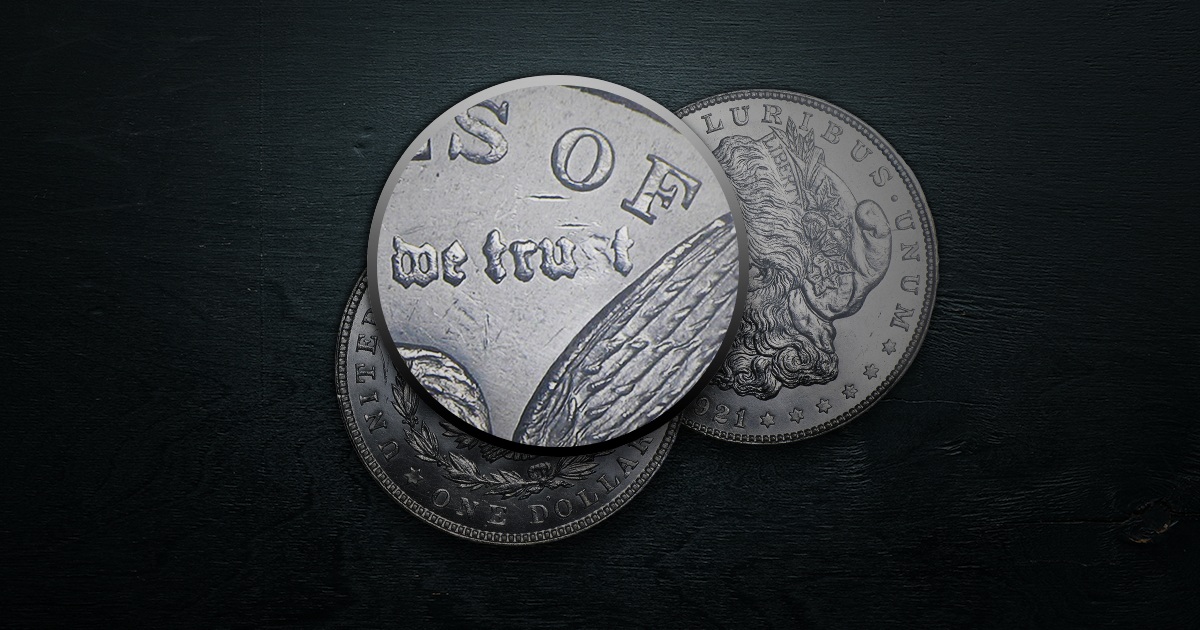
Coin production involves coordination between various stages, such as die preparation and striking. Errors in either of these stages can result in an error coin with an incomplete or three-digit date.
Die Preparation Error
A die preparation error is one of the most common causes of anomalies like an incomplete date. If a die is prepared incorrectly, with a missing digit in the date, for instance, it could result in a batch of coins being struck with a three-digit year. Given the rigorous inspection processes at mints today, this type of error is typically identified quickly, which limits the number of defective coins produced. However, the few that make it into circulation become highly sought after by collectors due to their rarity.
Filled Die or Strike-Through Error
A filled die is another possible cause of a three-digit date on a coin. Filled dies occur when foreign matter like grease, dirt, or debris fills a portion of the die, preventing it from fully striking the coin. If the obstruction covers part of the date, the coin might only display three-digits instead of the usual four. This type of error is more common than a die preparation error, but it can still produce coins with missing design elements that are prized by collectors, especially when the missing part includes part of the date or mint mark.
Misaligned Die Error
A misaligned die error is another potential cause of three-digit date errors. If the dies are not properly aligned during the striking process, the design may be struck off-center, resulting in part of the date missing from the coin. Although misaligned dies can create other error coins, such as off-center strikes and partial designs, they can also produce coins with incomplete dates.
Die Break or Crack
Die breaks or cracks can also cause significant errors in the final coin design. Over time, dies can develop cracks due to the immense pressure exerted during the striking process. If a crack occurs near the date on the die, it could result in a coin being struck with only part of the date visible. If the crack is severe enough, it might obscure one of the digits entirely, leading to a coin with only three-digits in the date. Like die preparation errors, die breaks and cracks are typically identified quickly, but the few coins produced before the die is replaced can become rare collector’s items.
Errors that result in coins with only three-digits in the date are the product of specific failures within the minting process. Whether due to die preparation errors, filled dies, misaligned dies, die cracks, or incorrect planchets, these coins are often produced in limited numbers. The rarity of these errors, coupled with their unique appearance, may make them valuable to collectors who seek out such anomalies. Understanding the causes of these errors provides insight into the detailed processes behind coin production and the factors that can lead to the creation of rare and collectible coins.




